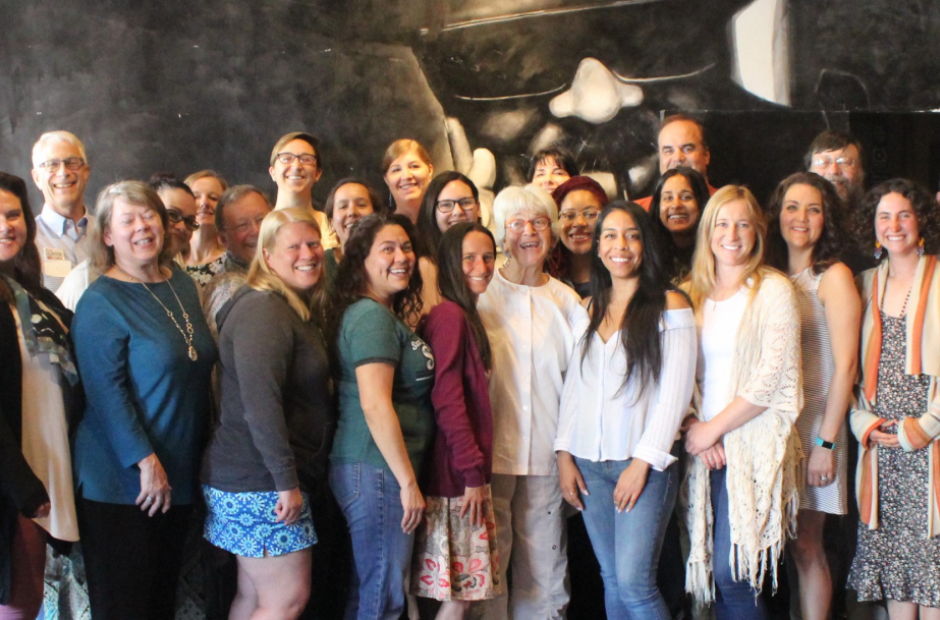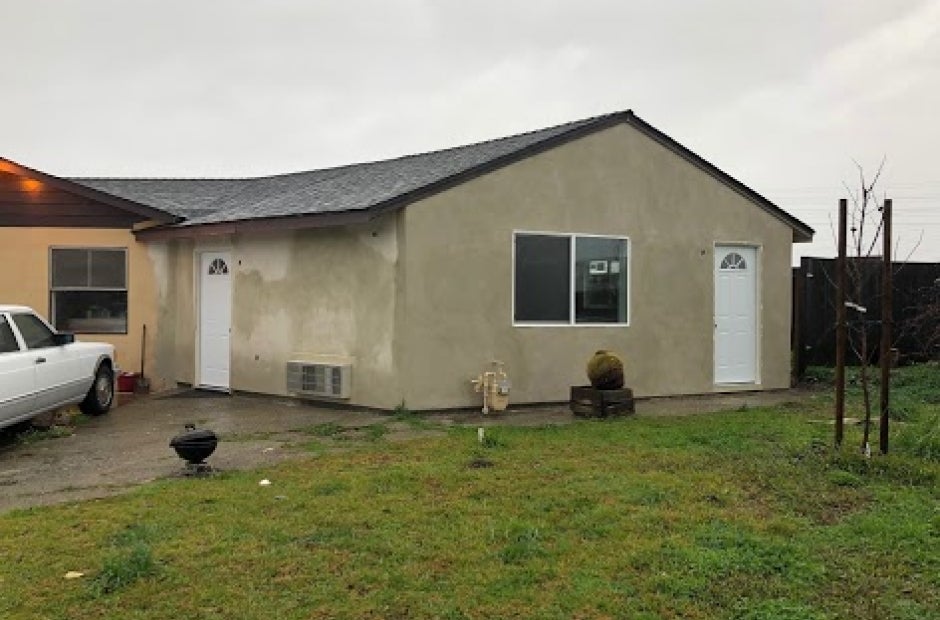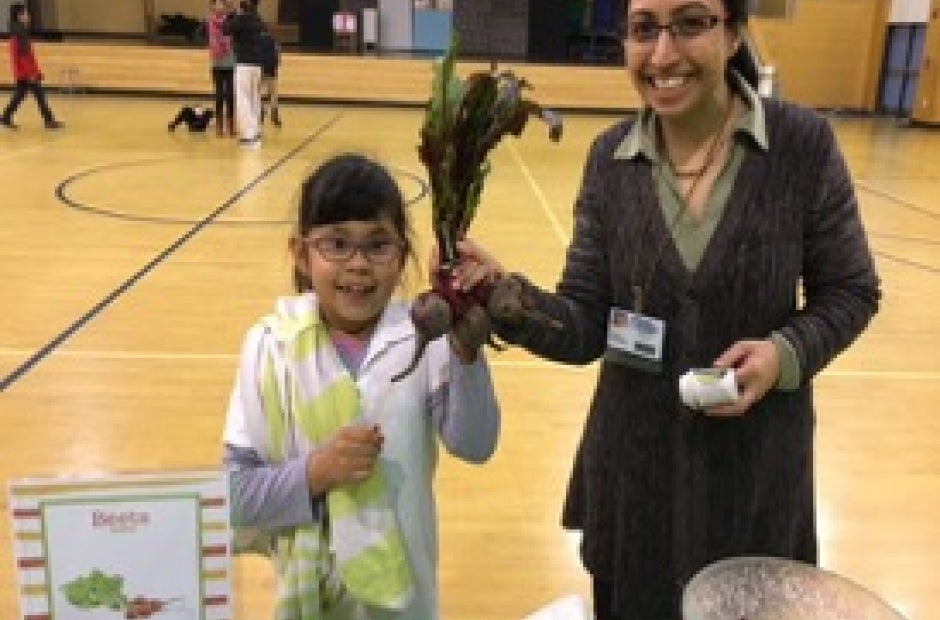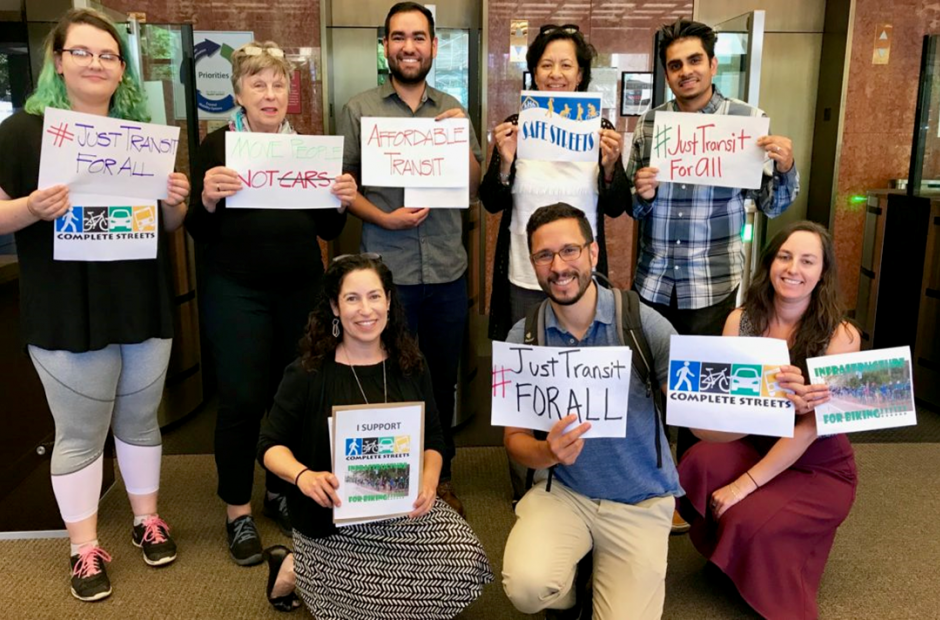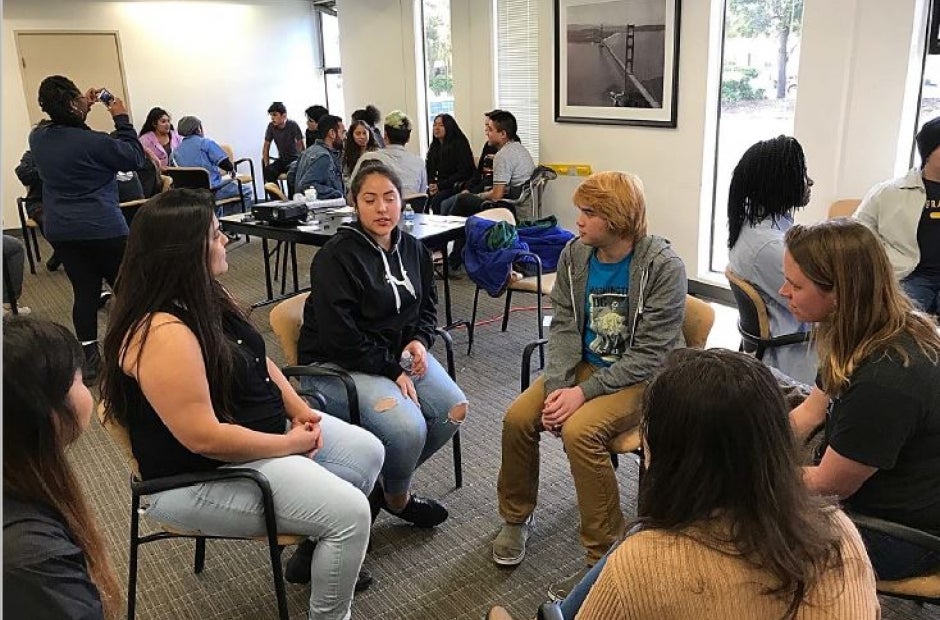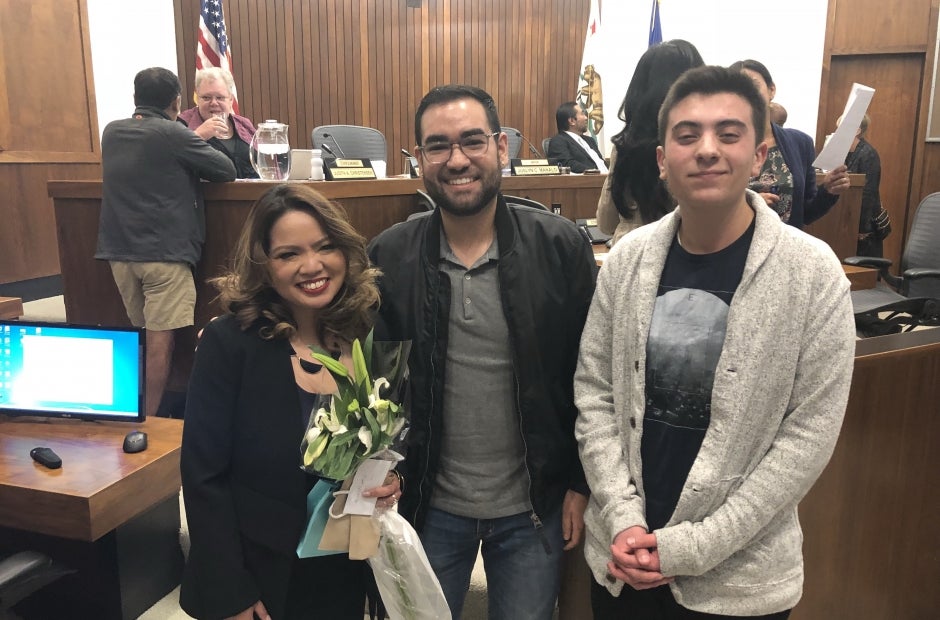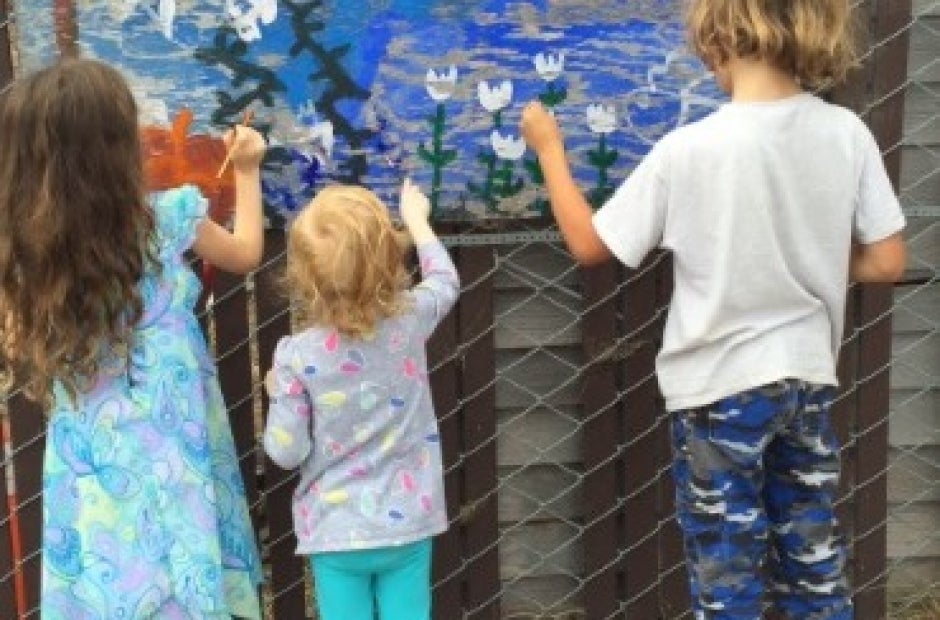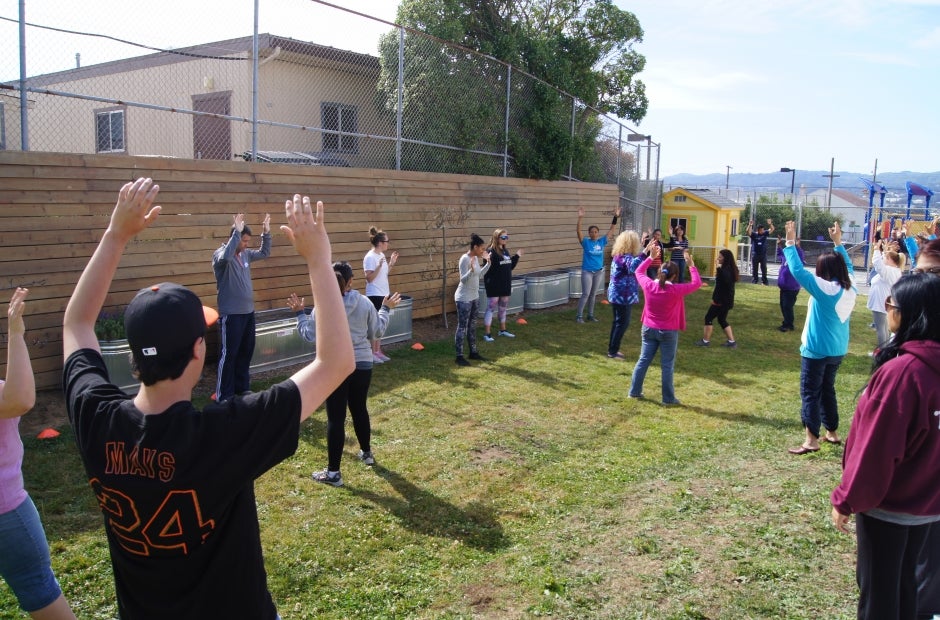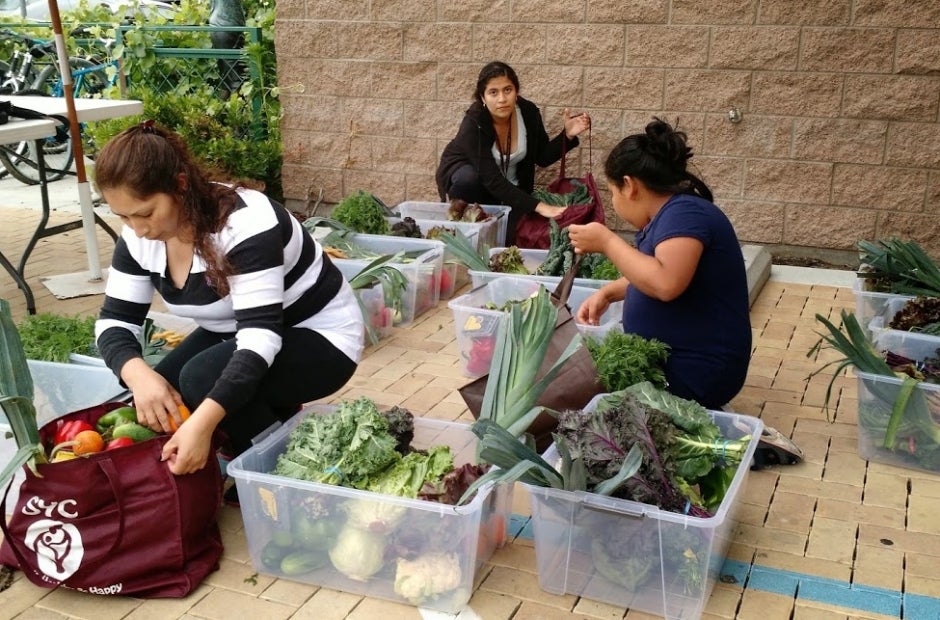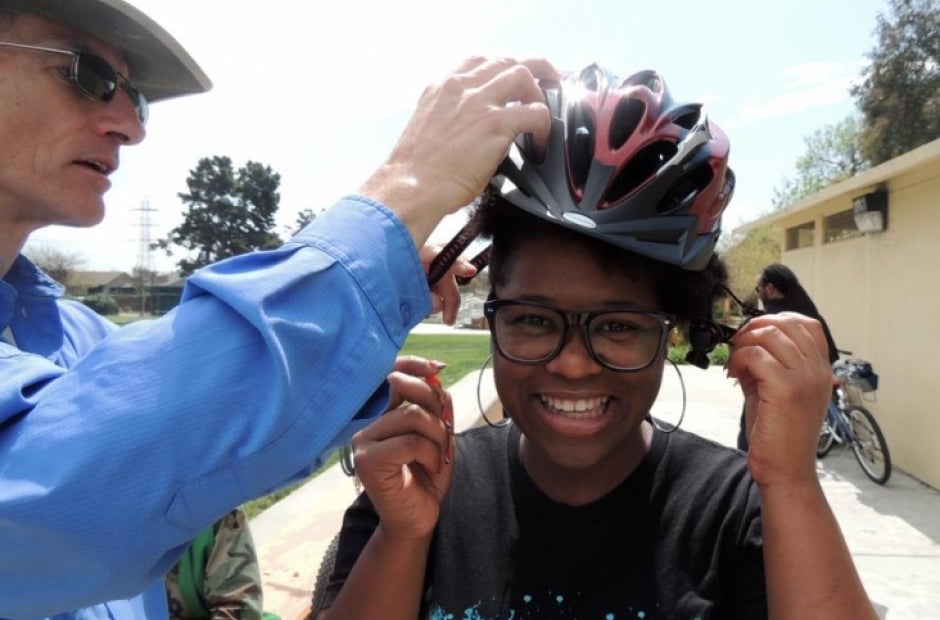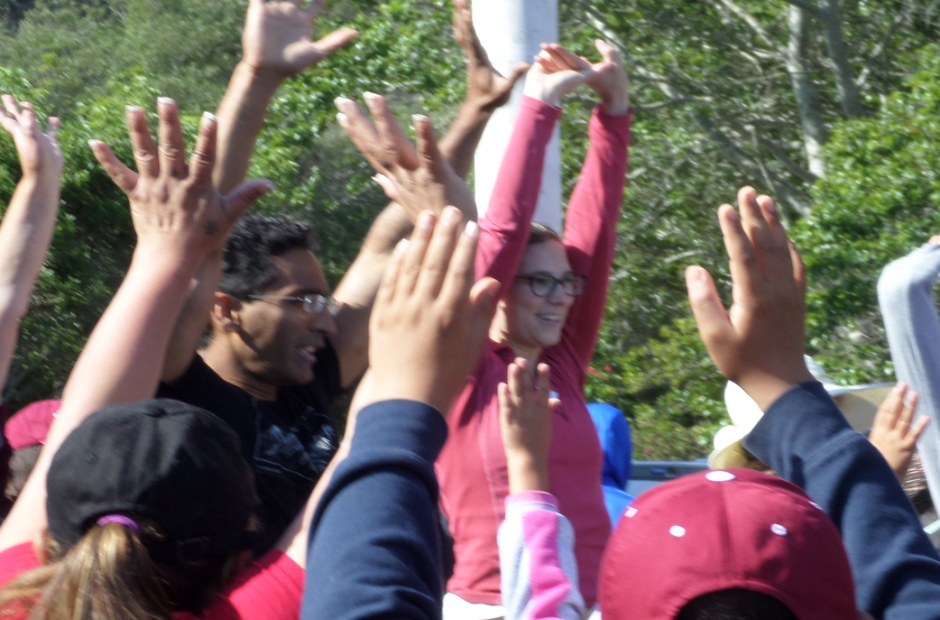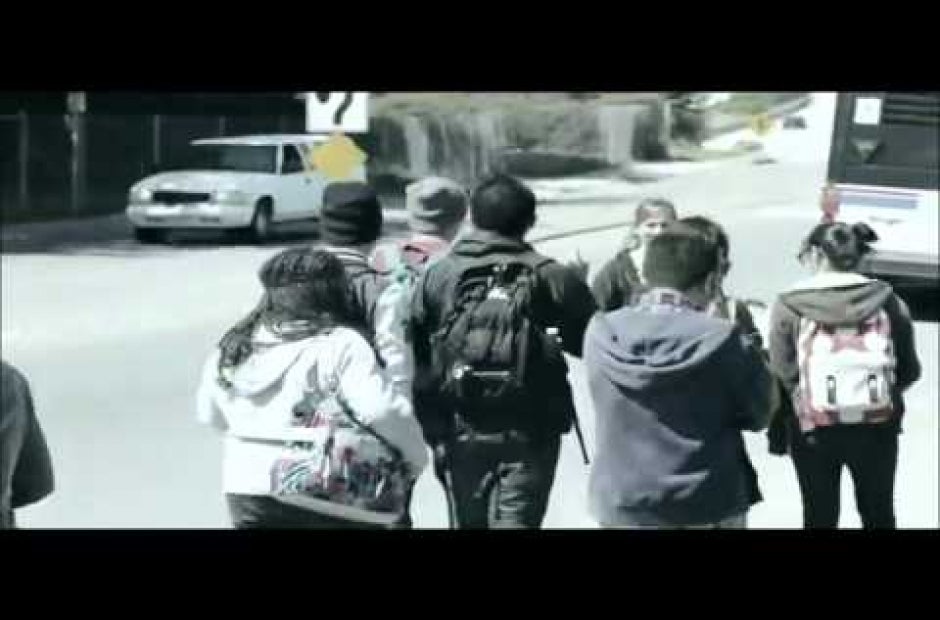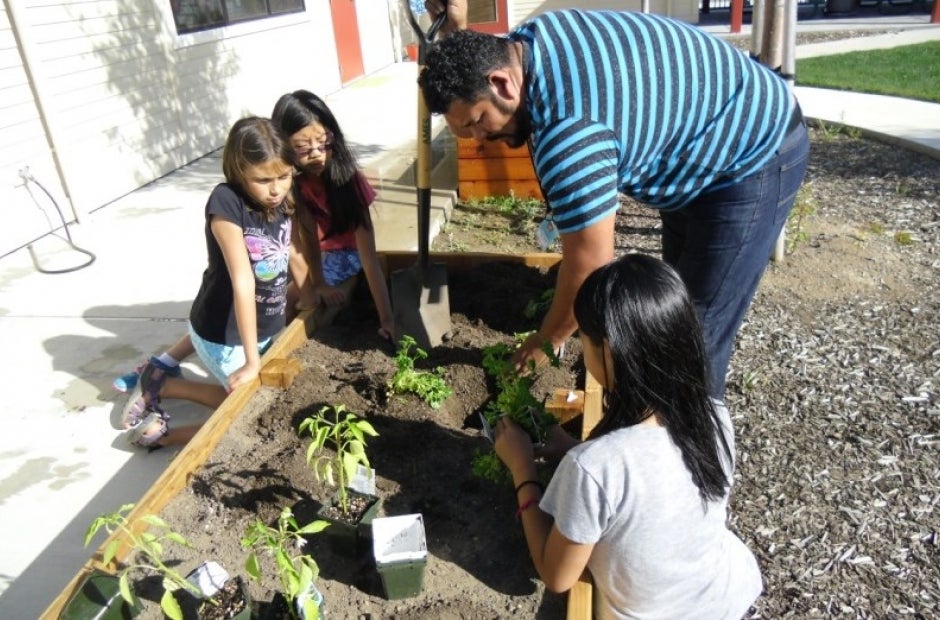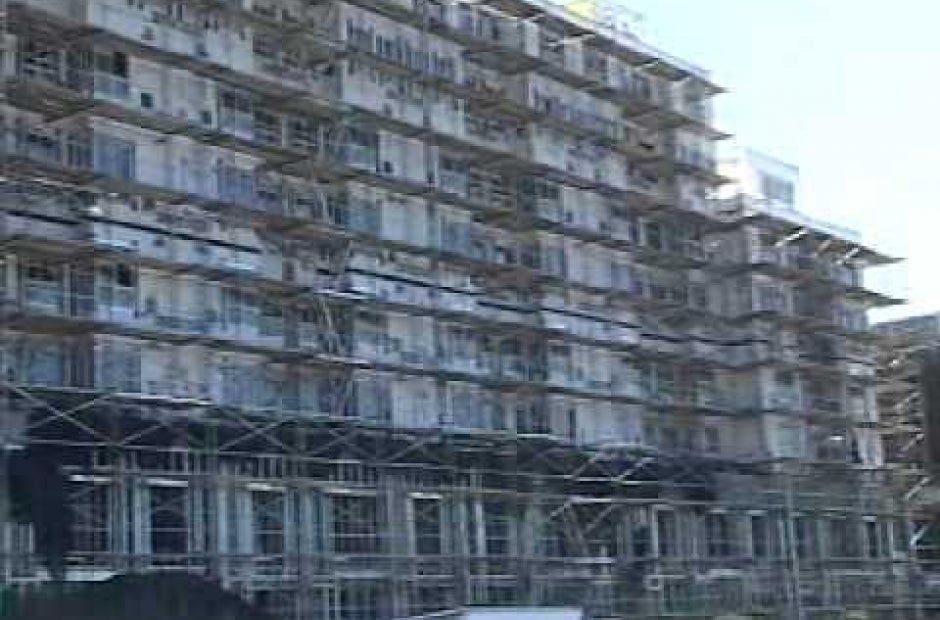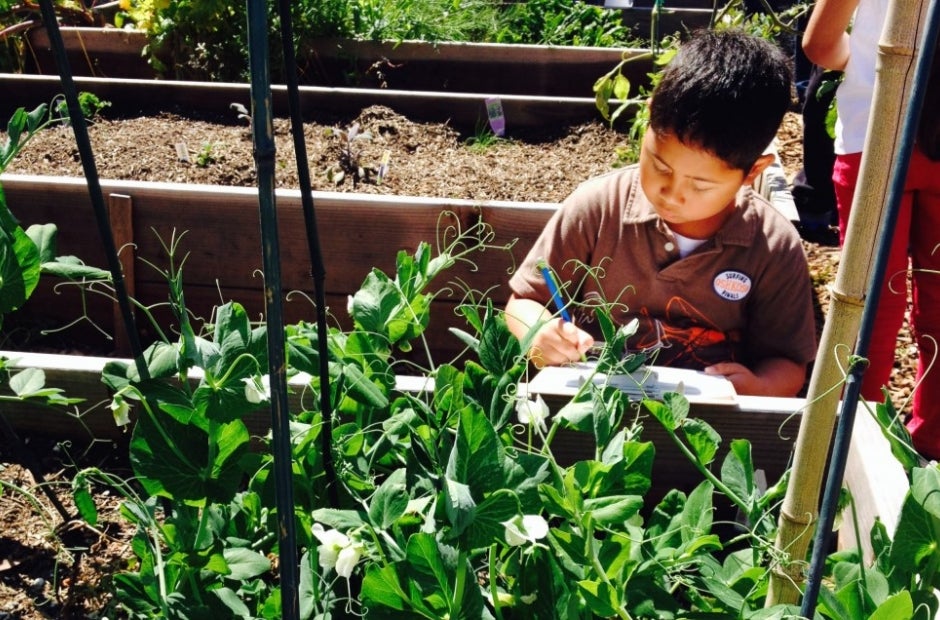Funding Case Studies
Case Studies
Funding in Action
Each year, Get Healthy San Mateo County funds community based organizations, faith-based organizations, non-profits, public agencies, and schools to carry out placed-based primary prevention and healthy equity efforts. Our goal is to support efforts that prioritize health and equity by improving conditions for populations with limited opportunities to be healthy.
Growing the Culture of Civic Leadership for the Environment and Health Equity
Civic empowerment enables residents to inform policies that create the conditions for health, and it is necessary to cultivate a thriving, multicultural democracy. Yet, communities that experience health inequities such residents of lower incomes and people of color are underrepresented in policy decision-making processes. Their voices have historically been marginalized and intentional culturally-informed efforts need to be in place to support the authentic leadership and engagement of all our communities.
Balancing Stable and Safe Housing
People who live in healthy, affordable places live longer, healthier lives. One way low-income communities have been coping with the affordability crisis is by subdividing their single-family homes and converting their garages into second units to accommodate friends, relatives or renters. Second units have been a part of low-income communities before they became a trendy strategy to augment the much-needed supply of housing.
Sustainable and Equitable Local Food Systems
Inequities in the food system have resulted in lack of access to healthy food options, including fresh,seasonal produce in low-income communities and communities of color. Low-income communities are more likely to have liquor and convenience stores than full service grocery stores for food choices, which leaves residents struggling to access healthy produce.[1]
Shifting Gears from Speed and Efficiency to Health, Equity, and Safety
San Mateo County is not immune to congestion and there is a need for more transportation options beyond driving alone to work. For some, this mode shift is a choice, but for others, walk, biking, and using public transit are the only options. According to the 2012-2016 American Community Survey (ACS), 5% (13,930) of San Mateo County households lack access to a vehicle.[1] This group must rely on active transportation-walking and biking- or public transportation to achieve daily tasks, such as commuting to work and schools and grocery shopping.
#JustTransitForAll – Youth Leaders Working Towards a Safe and Affordable Transit
Public participation is hard. It can be an especially daunting task for our youth. When you factor in school, work, jobs and home responsibilities, building relationships with local decision makers can be downright impossible. According to a 2017 Youth Leadership Institute (YLI) transit survey, 95% of youth respondents had never been to a SamTrans Board meeting.1 There is a need for government to work towards reducing barriers to encourage such valuable participation.
Restorative Justice Practices
An individual’s academic achievement is closely linked to their health outcomes. The higher level of education that a person attains, the more likely they are to live a longer, healthier life.i But in order for students to succeed at school, they need to be able to attend class regularly. Yet, students of color, specifically African American and Latino males, are being suspended and expelled from school at higher rates than their White counterparts.
Are We Sweet Enough?
Childhood overweight and obesity increase the risk for serious health problems in adulthood. Feeling a sense of urgency to reduce the growing number of overweight kids and witnessing the health issues in their families, young leaders organized a diverse coalition called Youth Organizing San Mateo County or Yo! Mateo. Learn more about their victory in Daly City and their plans to advocate for more health-informed policies across the county in this case study.
Faith in Action, Protecting and Creating Vibrant, Healthy Communities
The Need: Grassroots Leadership in Low-income Communities
of Color
Communities most impacted by health inequities are often not part
of the conversation to identify the problems that impact their
lives and their accompanying solutions. Public processes don’t
always recognize the expertise of low-income people and people of
color in policy decision-making. And, engaging in public
processes also takes time and often English proficiency.
Thinking Outside of the Classroom
High educational attainment means kids can grow up to be highly educated adults and live healthier and longer lives. In Pacifica, almost one in three adults has a high school degree or less. To improve education and therefore health outcomes, the local school district and tight-knit community prioritized educational achievement. Read the full case study here.
Improving Healthy Food Access: Small Change, Big Impact
San Mateo County is one of the most affluent counties in the nation. However, many low-income, displaced and homeless residents don’t have access to healthy meals. We know that the food around us influences how and what we eat.
Improving After School Physical Activity
In 2015, South San Francisco’s Department of Parks and Recreation (Parks & Rec) set out to create opportunities for youth to get more regular physical activity and perform better in school.
To increase student physical activity, Parks & Rec partnered with Playworks to train 40 preschool and after-school program staff and teachers on a physical activity curriculum that can be implemented in all South San Francisco after-school childcare sites. Read the full case study here.
Trips for Kids: Safe Routes to Green Space
Case Study: Siena Youth Center
The Trips for Kids Program is about health and community building, helping kids ages 11-18, learn about bicycle safety, maintenance, and active lifestyles. With Get Healthy SMC funding, Trips for Kids expanded to engage youth in developing a survey and video series to educate youth and families on biking, equipment maintenance, and access to local trails.
Community-Organized Access to Healthy Foods
Case Study: 1 Grain to 1000 Grains
The community around Siena Youth Center and the St. Francis Center in North Fair Oaks is one of the lowest income areas of Redwood City. Facing financial constraints, many families shop at outlet stores that offer limited selection of healthy food.
Police Department Facilitates Bike Safety Classes to Reduce Crime
To help reduce crime in two “hot spots” where violent crime rates were highest, the East Palo Alto Police Department facilitated bicycle safety classes and bicycle audits.
Finding health outside
Case Study: Bringing parks to the people
Did you know one in three children are obese or overweight in San Mateo County and expected to develop Type 2 Diabetes in their lifetime? To reverse these trends, Get Healthy San Mateo County is looking for new ways to increase opportunities for people to be active. Research shows when youth interact with nature they are more likely to have positive environmental attitudes and behaviors in adulthood.1 San Mateo County has a wealth of beautiful outdoor space that all community members can utilize.
Teens Making A Change Walkability Audit
Teens Making a Change (TMAC) youth assessed safety concerns that limit walkabilty in their neighborhood. They utilized their research findings to create recommendations and an ordinance for the city of Pacifica to improve the street crossing.
Youth Leading the Way
Case Study: San Carlos School District
With a move by teachers and staff to incorporate more project-based learning into all areas of the curriculum, conversations with students revealed their desire to lead projects that focused on making a social impact. Led and implemented by students at Central Middle School in San Carlos, students developed and launched a campaign to help promote health at their school. This included promoting water at recess, holding a water bottle design contest, and revitalizing the student store.
Partnerships for Health
Case Study: Footsteps Child Care
After expanding operations to include a broader, more socioeconomically and ethnically diverse population, Footsteps was simultaneously becoming more aware of the importance of food and exercise to overall health, and on Footsteps’ role in making the healthy choice the easy choice.
Life in the Fast Food Lane Jefferson School
Students at Jefferson High School assessed the food around their school and found that it included a lot of fast food, and they’ve been working to change this ever since.
Starting Small for Big Gains
Case Study: Schools Gardens at George Washington Elementary School
Students at George Washington Elementary School in Daly City, CA are an urban bunch. While they have some exposure to where fruits and vegetables come from, they by-and-large aren’t really “in the mix” with cooking and food prep. Their recreation outside of school hours consists largely of video games and other indoor activities, shares Parent-Teacher Association (PTA) volunteer Azjah Robertson.


